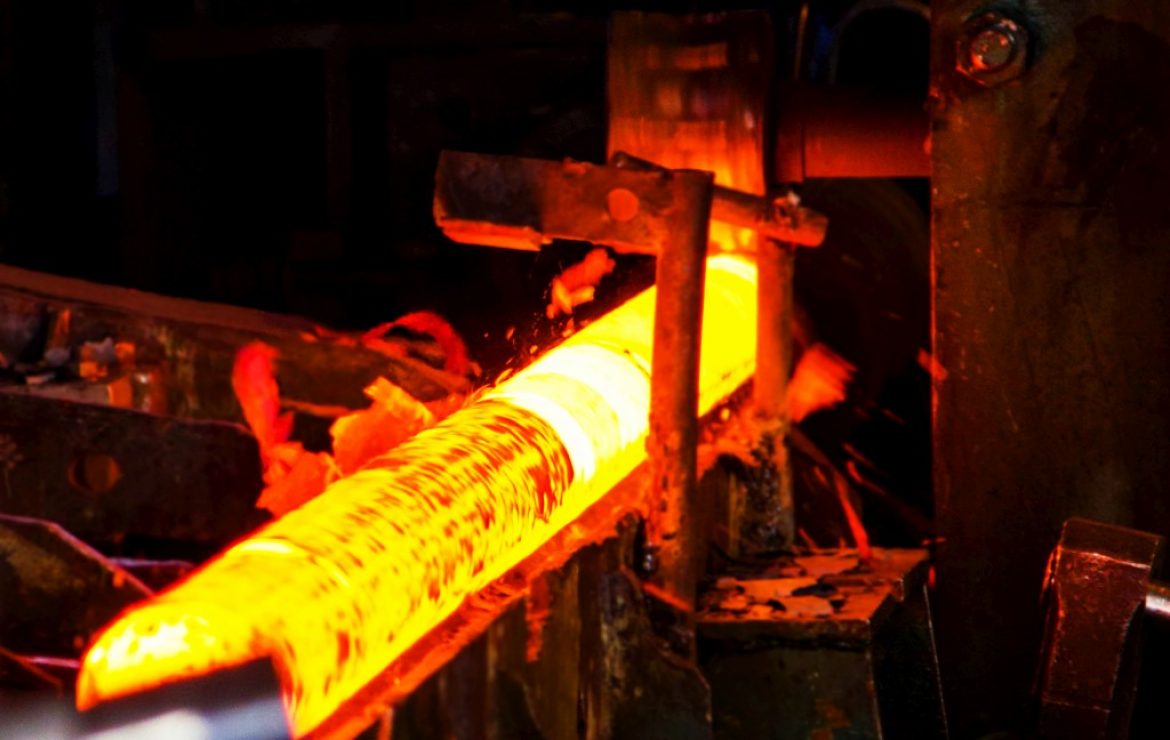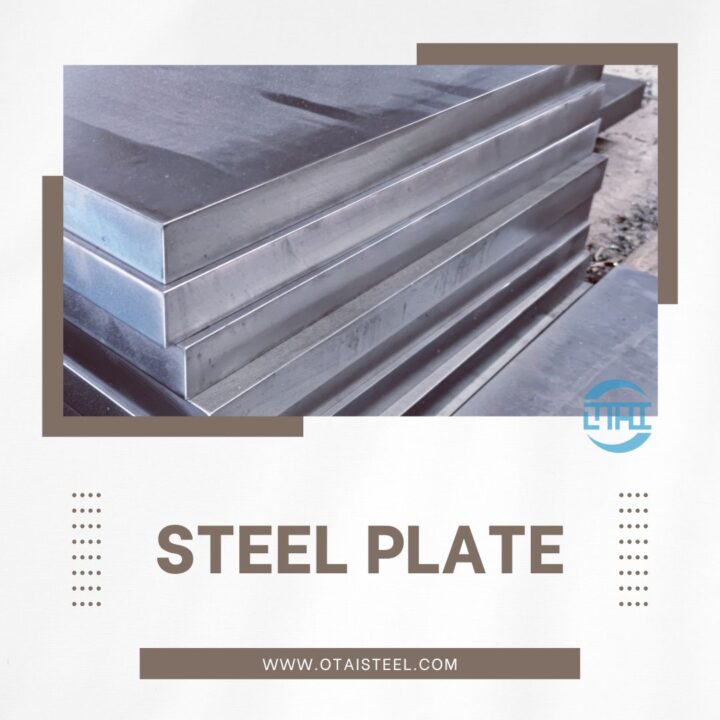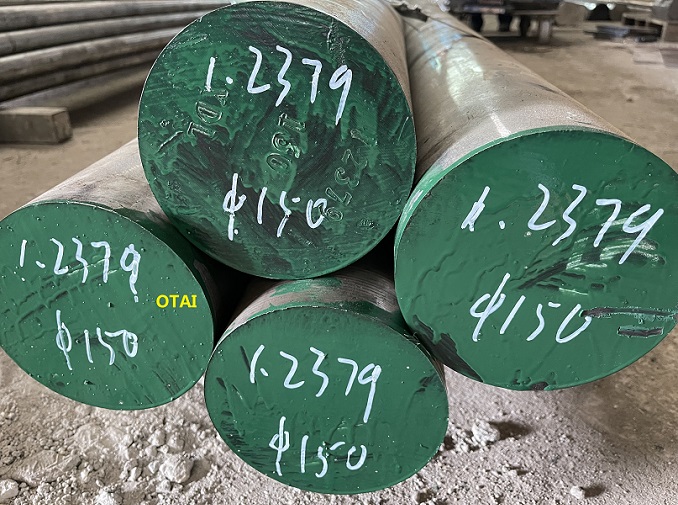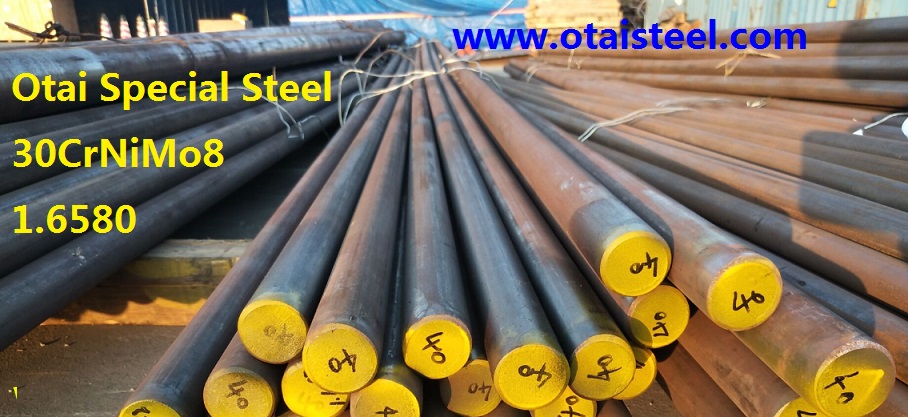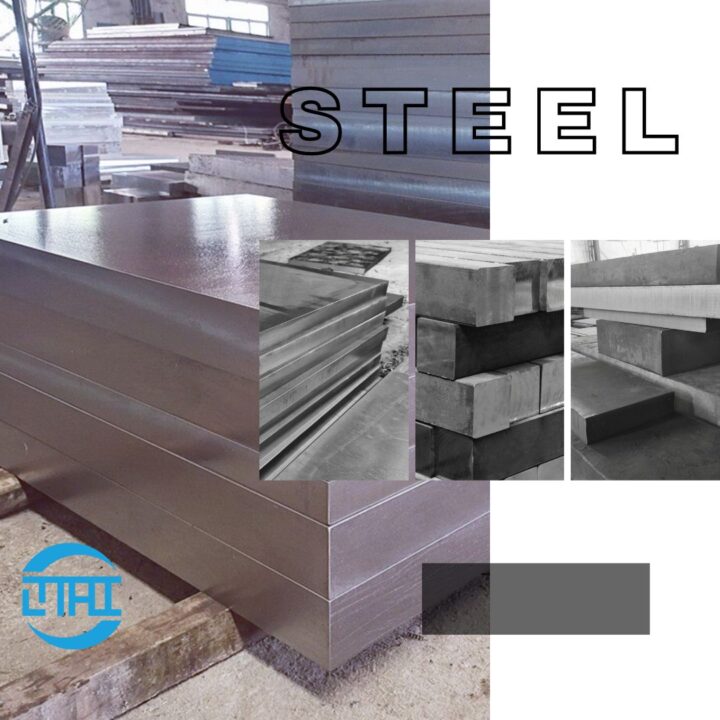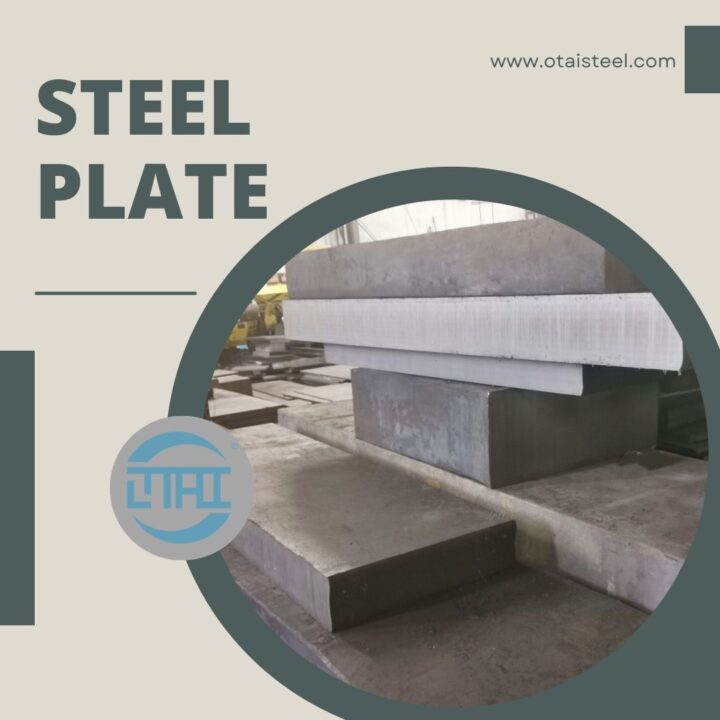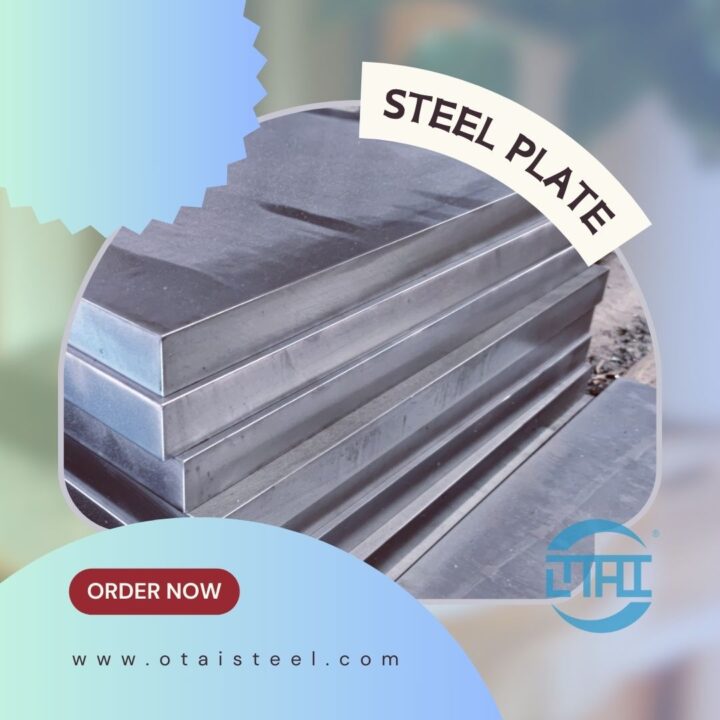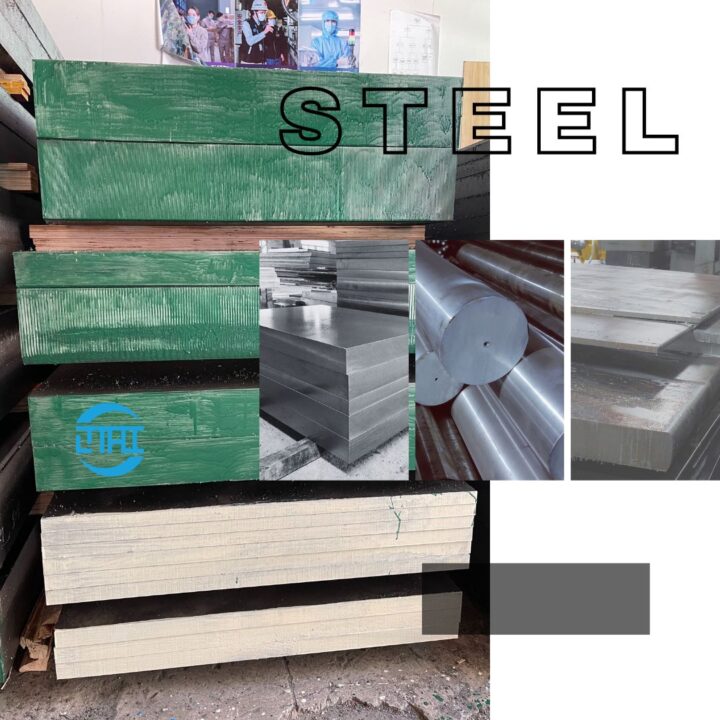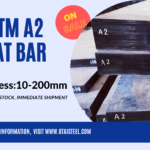a2 steel vs d2 steel- which one you should choose
Introduction: A2 Steel in the Spotlight
In the vast world of tool steels, A2 steel emerges as a standout choice, admired for its unique blend of properties that make it a favorite among engineers and craftsmen alike. In this guide, we will explore the intricacies of A2 steel, delving into its hardness, chemical composition, applications, and considerations for sourcing the best material.
A2 Steel Hardness: The Rockwell Riddle
Understanding A2 Steel Hardness: A2 steel is renowned for its excellent hardness, often measured using the Rockwell C scale. With a typical hardness range of 60-62 HRC, A2 strikes a balance between hardness and toughness, making it suitable for a myriad of applications.
Heat Treatment and Hardness: The hardness of A2 steel is intricately linked to its heat treatment process. Properly quenching and tempering the steel can optimize its hardness, ensuring it meets the desired specifications for various tooling applications.
The A2 Steel Composition Symphony
Chemical Composition Unveiled: A2 steel boasts a well-crafted composition, with significant elements influencing its performance. With a blend of chromium, molybdenum, vanadium, carbon, and manganese, A2 achieves a remarkable harmony of wear resistance, toughness, and machinability.
Comparing A2 to D2: A common comparison arises between A2 and D2 steel. While A2 offers excellent toughness and wear resistance, D2 excels in hardness and edge retention. The choice between the two often depends on the specific requirements of the application at hand.
Applications: A2’s Versatility Unleashed
A2 in Action: The versatility of A2 steel is evident in its wide range of applications. From blanking and forming dies to intricate cutting tools and even woodworking blades, A2 proves its mettle in scenarios demanding a balance of hardness and toughness.
Size Matters: A2 Dimensions and Forms: A2 steel comes in various forms, from sheets and plates to bars and custom shapes. Its flexibility in sizing makes it adaptable to diverse manufacturing needs, catering to the specifications of different tools and components.
Navigating A2 Steel Prices and Sourcing
The Price Point: When considering A2 steel, understanding the price dynamics is crucial. Factors such as size, form, and supplier reputation play a significant role in determining the cost. Balancing quality with budget considerations ensures a cost-effective and reliable choice.
Sourcing the Best A2 Steel: Finding the right supplier is paramount in ensuring the quality and reliability of A2 steel. Researching suppliers, checking certifications, and seeking recommendations can guide you to a source that aligns with your specific needs.
Conclusion: a2 steel vs d2 steel- which one you should choose
In conclusion, A2 steel stands as a formidable ally in the world of tool steels. Its impressive hardness, balanced composition, and versatile applications make it a sought-after material for a diverse range of tools and components.
